May 30, 2025 | 22:40 GMT +7
May 30, 2025 | 22:40 GMT +7
Hotline: 0913.378.918
May 30, 2025 | 22:40 GMT +7
Hotline: 0913.378.918
According to the Department of Fisheries and Fisheries Surveillance, total fishery output in the first three months of the year reached 2 million tonnes, an increase of 2.8% year-on-year. Of this, seafood output reached nearly 2 million tonnes, up by 0.1%, while aquaculture output surpassed 1.1 million tonnes, up by 5.1%. Seafood export turnover stood at USD 2.29 billion, a year-on-year rise of 18.1%.
Tran Dinh Luan, Director of the Department of Fisheries and Fisheries Surveillance, assessed that the sector’s targeted growth rate of 4.35% for 2025 remains a challenge.
However, positive developments in two key products—shrimp and pangasius—during Q1 brought optimistic prospects. Notably, shrimp achieved an impressive growth rate of over 37.8% year-on-year. This result serves as a highlight, reinforcing confidence in the sector’s ability to fulfil its annual plan.

Director of the Department of Fisheries and Fisheries Surveillance Tran Dinh Luan speaks at the conference to review the first quarter work and deploy key tasks for April and the second quarter of 2025 of the Ministry of Agriculture and Environment. Photo: Quynh Chi.
In recent months, the Department has taken a proactive role in advising the Ministry of Agriculture and Environment, thereby contributing effectively to sectoral direction and oversight.
According to the Director, the United States’ announcement of reprioritising capital for Vietnam will likely have a significant impact on the fishery sector, particularly as fishery exports to the US account for approximately 18–20% of total turnover.
Immediately following the announcement, several localities reported mass harvesting of fishery products. In response, the Department of Fisheries and Fisheries Surveillance promptly issued a directive to Departments of Agriculture and Environment in coastal provinces and cities in the Mekong Delta, advising local people and enterprises to remain calm and avoid panic-driven decisions such as premature harvesting, production halts, or reduced stocking. These reactions could disrupt production planning, destabilise the supply chain, and undermine the sector’s overall growth objectives, especially while the governments of both countries continue to negotiate a mutually acceptable agreement.
He emphasized that the stablization of the materials is a significant factor as fishery production can not surly general output in the short term.
To achieve the fisheries sector’s growth targets, Mr Tran Dinh Luan stated that in the second quarter and the near future, the sector will continue diversifying farmed species to include those with greater market competitiveness, such as tilapia, in order to avoid over-reliance on just a few species.
In addition, the Directorate will collaborate with the Legal Department of the Ministry of Agriculture and Environment to finalise relevant legal documents, and proactively assign units to review existing circulars, decrees, technical regulations, and standards.
At the same time, under the Fisheries Resource Protection and Exploitation Plan for the period 2021–2030, with orientation to 2050, many spawning and nursery grounds have now entered a critical period requiring fishing bans. The Directorate of Fisheries and Fisheries Surveillance is expected to submit an official report to the Ministry next week, proposing that localities strictly implement related directives.
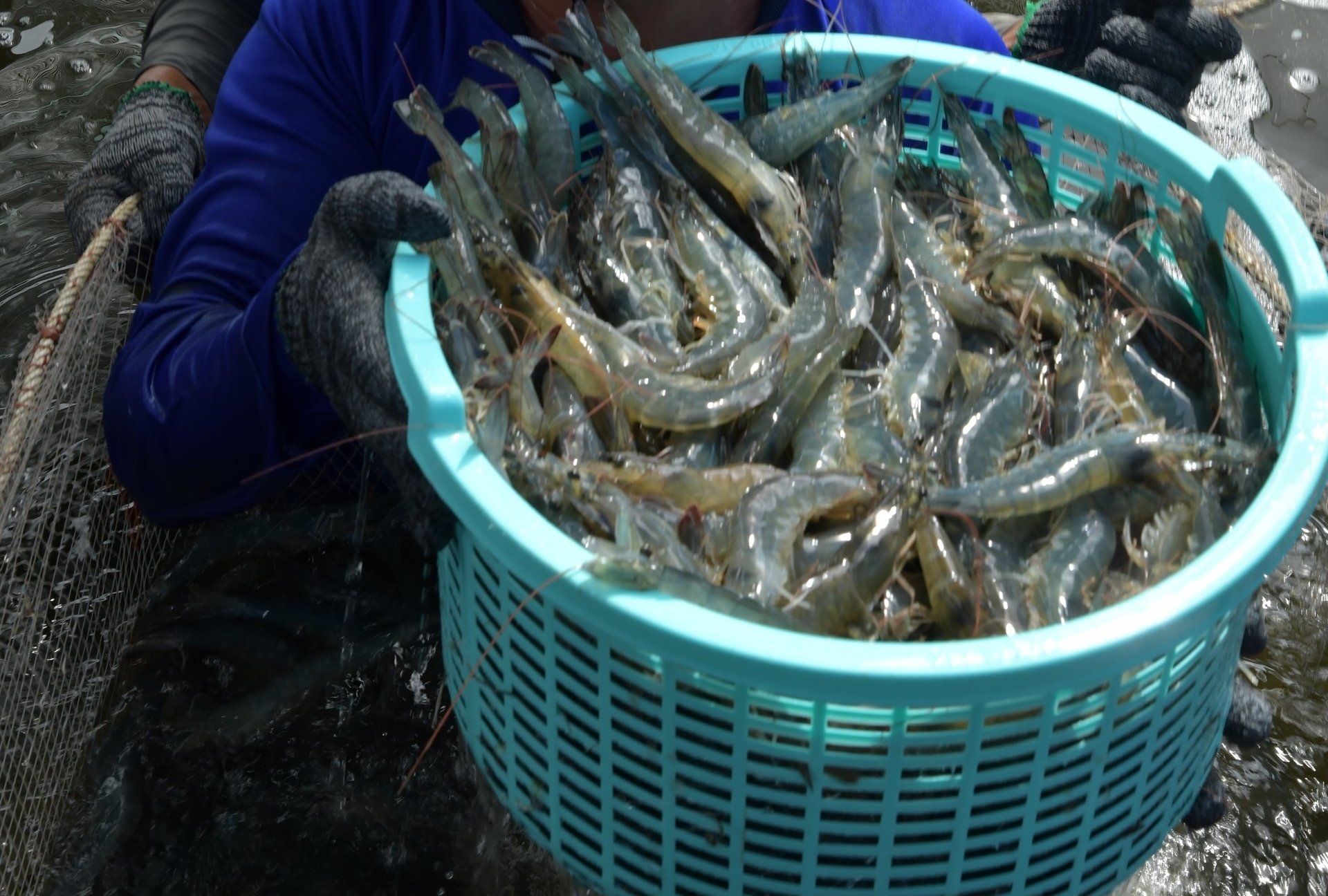
Ensuring a stable source of raw materials for seafood processing and export is a key factor in helping the industry maintain its growth momentum. Photo: Hong Tham.
The Directorate will also step up inspection and supervision in localities, aiming to gradually transition from indiscriminate fishing to the protection of spawning and nursery areas, ultimately establishing a more orderly and disciplined fishing industry. “Only by doing so can we ensure that fisheries exploitation and conservation are truly effective and sustainable,” Mr Luan emphasised.
Deputy Minister of Agriculture and Environment Phung Duc Tien instructed that, in order to reach this year’s growth target of 4.35%, the fishery sector must take even more decisive action.
Regarding the fight against IUU (Illegal, Unreported and Unregulated) fishing, the Deputy Minister stressed the importance of making the utmost effort to have the yellow card lifted this year. This entails updating monthly reports in line with the directive spirit of Instruction No. 32-CT/TW dated 10 April 2024 by the Secretariat, which calls for strengthened Party leadership in combatting IUU fishing and promoting sustainable development.
According to Deputy Minister Phung Duc Tien, Vietnam’s shrimp production stands at 1.3 million tonnes annually, with export value reaching USD 4.3 billion, while pangasius production is 1.65 million tonnes, generating over USD 2 billion. As productivity is nearing its ceiling, it is necessary to thoroughly discuss and develop new driving forces for these two key industries.
At the same time, the sector must diversify its farmed species portfolio by tapping into those with strong potential and ample development space. Furthermore, greater attention should be paid to the conservation, protection, and development of fishery resources.
Translated by Linh Linh
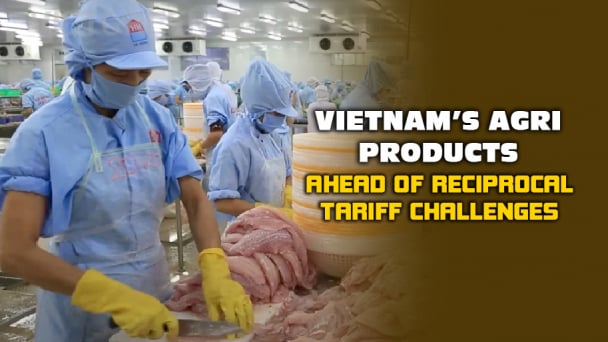
(VAN) Reciprocal tariffs are exerting pressure on U.S. exports, prompting Vietnamese firms to shift their focus to Muslim markets, Thailand, and Brazil.
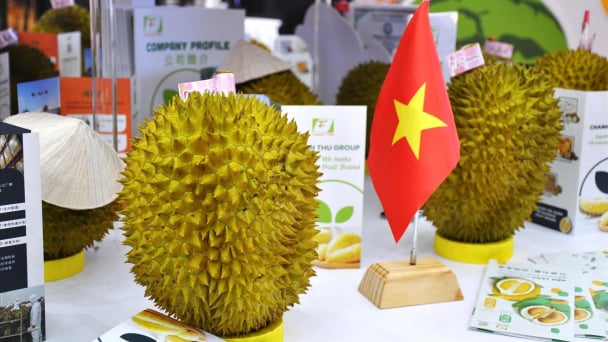
(VAN) A free booth for two years at Xinfadi, Beijing's largest wholesale market, will be allocated to Vietnam's agricultural products.
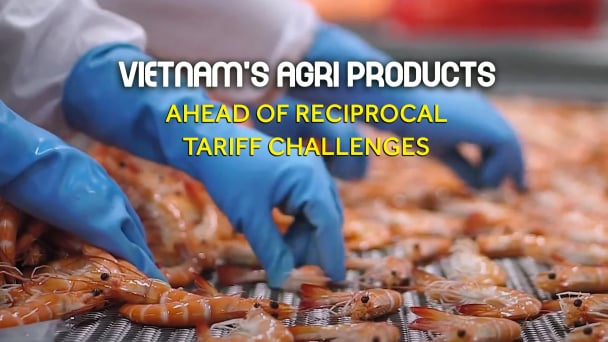
(VAN) Vietnamese shrimp exporters are actively looking for alternative markets and accelerating shipments to the United States in response to the pressure of impending reciprocal tariffs. This is occurring during a temporary tariff suspension.
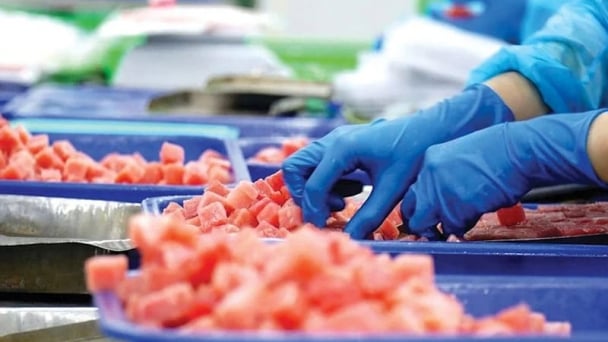
(VAN) The import-export turnover between Vietnam and Singapore rose amid a trade rebound, with machinery, electrical equipment, and fuels making up the majority of the transaction value.
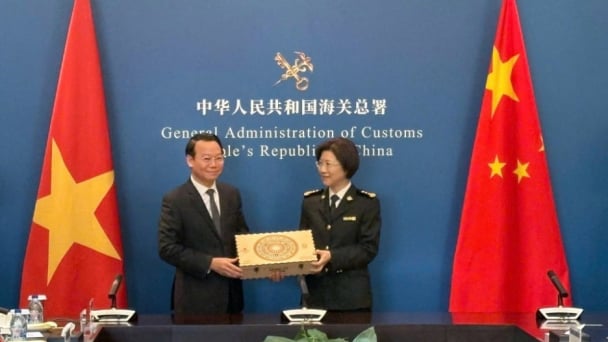
(VAN) Director General of the General Administration of Customs of China, Ms. Sun Mai Jun, has pledged to implement measures that will ease the import process for Vietnamese agricultural products.
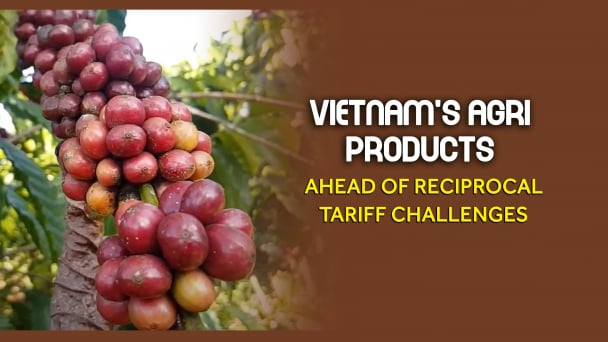
(VAN) Although Vietnam is still increasing its coffee exports, the industry is currently in the process of determining market strategies in response to the U.S. imposition of reciprocal tariffs.

(VAN) With rising demand in Muslim-majority countries, Halal certification is becoming a critical passport for Vietnamese agricultural products seeking sustainable market access and consumer trust in the Middle East and Africa.